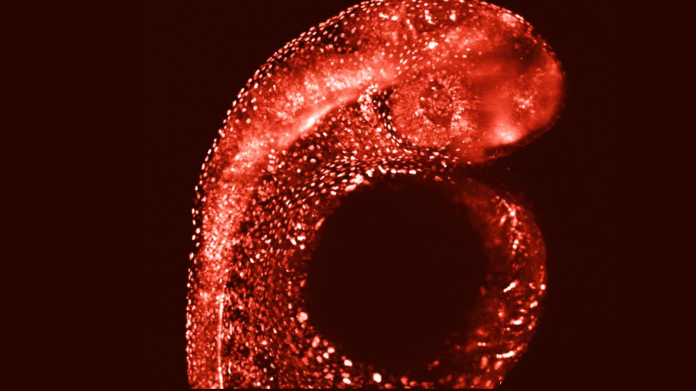A new bright red fluorescent protein that represented a significant advancement was successfully created in 2016 by the research group led by University of Amsterdam biologist Dorus Gadella. That protein was given a name: mScarlet. The scientific community instantly recognized their red glowing protein. Almost every nation in the world now uses the DNA encoding mScarlet for cell biology research after it was requested 3,400 times.
Unfortunately, the mScarlet protein turned out to fold more slowly and incompletely in mammalian cells than the often utilized green fluorescent proteins, resulting in less ideal brightness in these cells. The scientists kept working on the protein to speed up and maximize the folding.
A research team from the University of Amsterdam, led by Dorus Gadella, has developed a new bright red fluorescent protein: mScarlet3. They published the properties and the DNA code for this protein.
They applied two mScarlet variations they had already created: one with quick folding but reduced brightness and one with slow folding but eventually brilliant fluorescence. They attempted to create a new protein by fusing the advantageous aspects of these two. They did this by making several precise adjustments to the protein’s structure, which gave rise to mScarlet3. The most recent version now combines the highest brightness with quick and thorough folding.
Finally, the biologists sent mScarlet3 to the Institut de Biologie Structurale in Grenoble (CNRS, CEA, Université Grenoble Alpes) to be structurally tested. The world’s brightest X-ray source, the European Synchrotron ESRF, was employed by structural biologist Antoine Royant to map the protein’s molecular structure.
Royant said, “It turned out that mScarlet3 is so bright because of a special hydrophobic (oily) local structure in the protein, which both speeds up and improves the folding of the protein.”
With this new, much-improved version of the red fluorescent protein, the toolbox scientists have at their disposal in the lab is now more complete than ever.
Gadella said, “The experiences with mScarlet were already very positive, which is why we expect that mScarlet3 will become even more popular among researchers and will quickly become the new standard worldwide. Bright red fluorescent proteins are highly sought after because excitation of these red proteins is less harmful to cells than exciting green proteins.”
“In addition, red light is scattered less, which means that you can also use the microscope to look at molecular processes in deeper cell layers. With mScarlet3, we finally have a very robust bright red fluorescent protein that folds quickly and completely without further disadvantages. We expect a lot from new applications with mScarlet3, including for making new red fluorescent biosensors where mScarlet3 can be used to image specific cell functions.”
Journal Reference:
- Theodorus W.J. Gadella Jr*, Laura van Weeren, Jente Stouthamer, Mark A. Hink, Anouk H.G. Wolters, Ben N.G. Giepmans, Sylvain Aumonier, Jérôme Dupuy, Antoine Royant; mScarlet3: a brilliant and fast maturing red fluorescent protein; Nature Methods, Doi: 10.1038/s41592-023-01809-y
